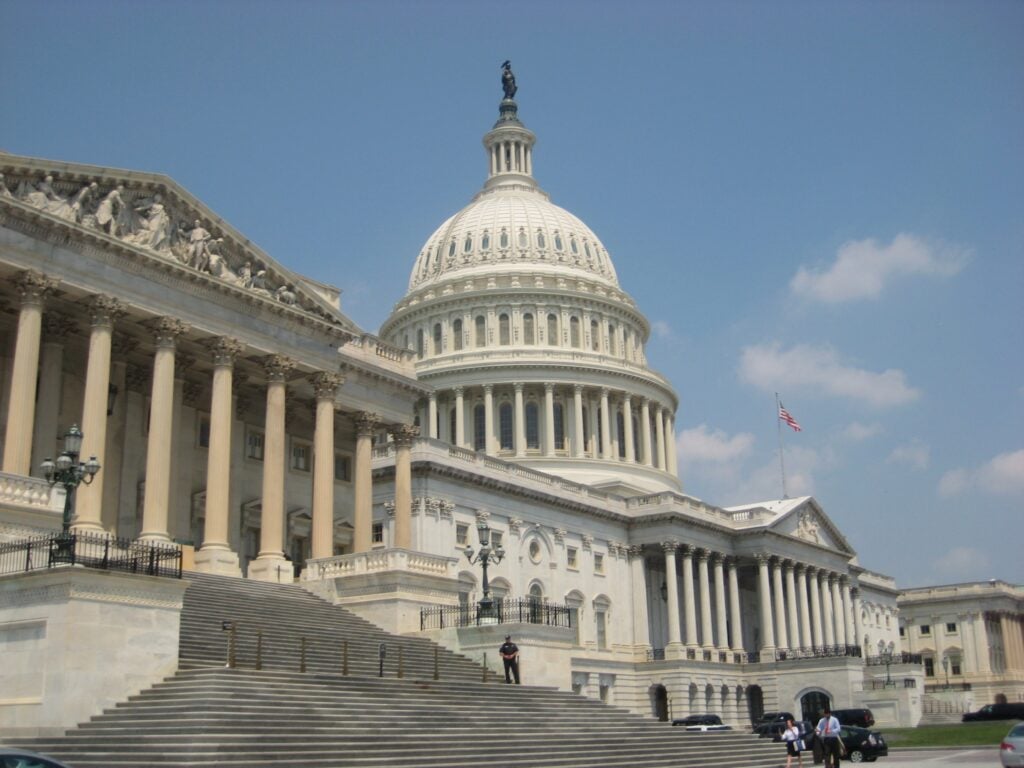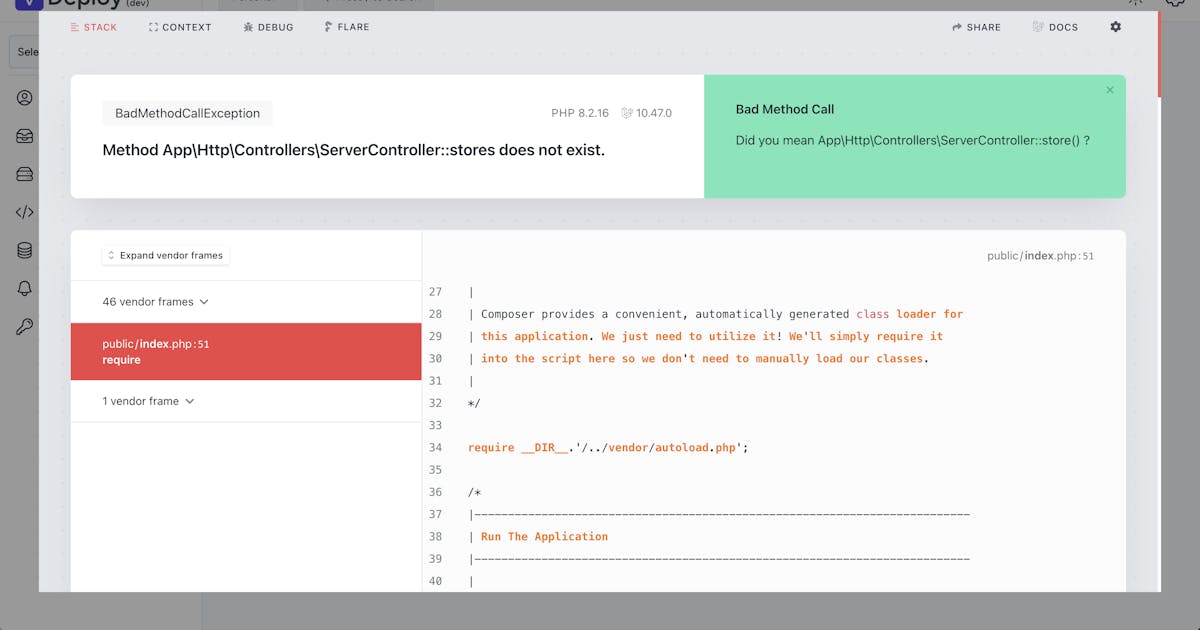Strong law of small numbers
In mathematics, the "strong law of small numbers" is the humorous law that proclaims, in the words of Richard K. Guy (1988):[1]
In other words, any given small number appears in far more contexts than may seem reasonable, leading to many apparently surprising coincidences in mathematics, simply because small numbers appear so often and yet are so few. Earlier (1980) this "law" was reported by Martin Gardner.[2] Guy's subsequent 1988 paper of the same title gives numerous examples in support of this thesis. (This paper earned him the MAA Lester R. Ford Award.)
Guy explains this latter law by the way of examples: he cites numerous sequences for which observing the first few members may lead to a wrong guess about the generating formula or law for the sequence. Many of the examples are the observations of other mathematicians.[3]
One example Guy gives is the conjecture that 2 p − 1 {\displaystyle 2^{p}-1} is prime—in fact, a Mersenne prime—when p {\displaystyle p} is prime; but this conjecture, while true for p {\displaystyle p} = 2, 3, 5 and 7, fails for p {\displaystyle p} = 11 (and for many other values).





:focal(1800x1210:0x0)/cloudfront-us-east-2.images.arcpublishing.com/reuters/MYYE4IDMZVLXVLDZRNOVBQGCAU.jpg)





/cdn.vox-cdn.com/uploads/chorus_asset/file/25415491/DSC08587.JPG)









